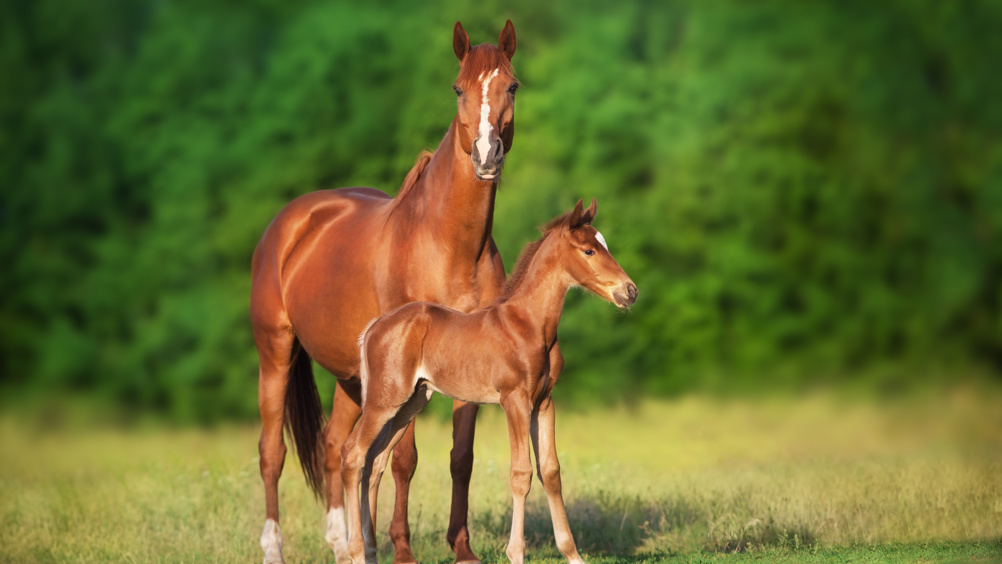References
Breeding with frozen semen: what are the considerations?

Abstract
The use of frozen semen is sometimes the only available option for artificial insemination. Compared to fresh or chilled semen, the use of frozen semen has previously been reported to have lower pregnancy rates, and higher rates of post-breeding inflammation and uterine fluid accumulation. More recent studies have found that pregnancy rates are indeed lower than with fresh semen, but are comparable if not better than chilled semen, with little evidence of increased complications. Several factors can affect conception rates and the practicality of using frozen semen, and these limitations should be explained to the client in advance. This review covers essential requirements applicable to artificial insemination with frozen semen, as well as mare and stallion factors that contribute to the adaptation of appropriate insemination protocol.
Insemination with fresh semen has a per-cycle pregnancy rate of up to 76% (Jasko et al, 1992), and could therefore be regarded as the gold standard. However, vets are often faced with less-than-ideal conditions and chilled and frozen semen are often used instead.
The evidence on per-cycle pregnancy rates for chilled and frozen semen are conflicting (Table 1). Some studies have reported higher per-cycle pregnancy rates for chilled semen (Jasko et al, 1992; Loomis, 2001), while others reported higher pregnancy rates per-cycle, as well as higher seasonal pregnancy rate, in mares arti-ficially inseminated with frozen semen (82% frozen, 69.6% chilled, p=0.02; Crowe et al, 2008). Before considering the factors that may affect pregnancy rates, the following areas should be considered as these could potentially eliminate frozen semen as an option or have a large impact on the insemination protocol used.
Register now to continue reading
Thank you for visiting UK-VET Equine and reading some of our peer-reviewed content for veterinary professionals. To continue reading this article, please register today.

